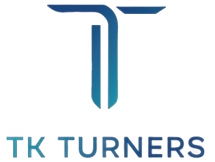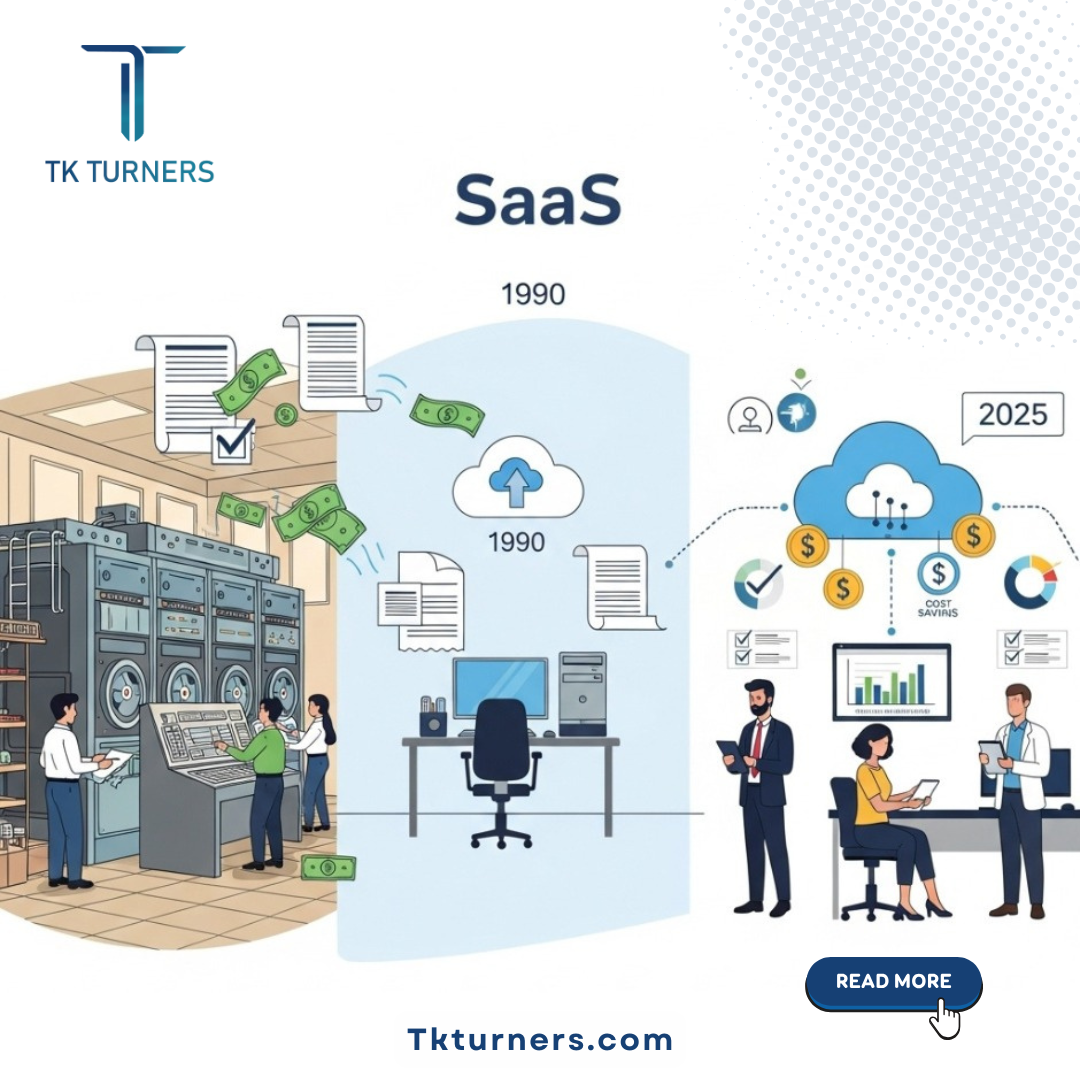How SaaS History Can Rescue Your 2025 Tech Budget
Alright. Let’s cut to the chase. Money’s tight. Tech budgets are crying. But hey — How SaaS History Can Rescue Your 2025 Tech Budget might just save your skin.
You gotta peek back. Peek into the dusty corners of the past. The history of SaaS. There’s gold there. Hidden tricks. Secret moves. Stuff your finance guy dreams about.
It started weird
Picture this. It’s 1960-something. Giant computers hum in giant rooms. Folks wearing big glasses. They shared computing power. Paid rent for time on a machine. That’s the seed. The seed in the history of SaaS.
Fast forward. 1999. Salesforce shows up. Crazy idea — pay monthly, not yearly. Ditch the CDs. Chuck the huge license fee. Log in online. Boom. The real history of SaaS takes off. And here’s the kicker: How SaaS History Can Rescue Your 2025 Tech Budget is hidden right there.
Subscribing to save
Back then. No deep pockets? No problem. You scale. You pay for what you use. Simple. Genius. Now? Same rule. How SaaS History Can Rescue Your 2025 Tech Budget means cut the fat. Look at your stack. Too many tools? Junk ‘em. That’s lesson one in the history of SaaS.
SaaS sprawl. Ugly beast
Everyone’s got subscriptions. HR. Marketing. Sales. Finance. You, too. Bet half your people don’t even log in. SaaS history says: simplify. Pick tools that do one job. Do it well. That’s it.
Don’t believe me? Ask the startups back in the day. They squeezed every penny. How SaaS History Can Rescue Your 2025 Tech Budget starts with that same hunger.
Pay-as-you-grow
This one’s gold. In the history of SaaS, scaling saved startups. No giant upfront costs. Just grow as you go. 2025? Same playbook. Projects come and go. Teams shrink, grow, shrink. Don’t lock yourself in.
You wanna know How SaaS History Can Rescue Your 2025 Tech Budget? Renegotiate. Cancel unused seats. Downgrade. Scale back up later. Flexibility. SaaS history wrote the manual on that.
Security drama
Ah yes. Back in the old days, folks freaked. “The cloud? My data? Scary!” But look at the history of SaaS now. Vendors beefed up security like crazy. So why you paying double for extra firewalls nobody uses?
How SaaS History Can Rescue Your 2025 Tech Budget here? Trust the vendor — well, the good ones. Don’t buy three locks for a door that’s already safe.
Trap stories
Not all roses. History of SaaS got caution signs too. Vendor lock-in. Ugly stuff. Some companies got trapped. Couldn’t switch. Paid through the nose.
Remember this: How SaaS History Can Rescue Your 2025 Tech Budget only if you stay free. Choose tools that play nice. Open APIs. Easy exports. No drama if you need to bail.
Old school negotiation
Here’s a secret. Back in early days, vendors begged for clients. Gave big discounts. Custom deals. You can still do it. How History Can Rescue Your 2025 Tech Budget if you bargain hard. Ask for bundles. Push for trials. Vendors want your money. Make ‘em earn it.
Train or drain
One last gem. Many teams in SaaS history bought shiny tools. Never used ‘em right. Wasted cash. Classic. Don’t repeat it. How SaaS History Can Rescue Your 2025 Tech Budget only if your people know the tools inside out.
Train ‘em. Check usage. If they don’t use it? Cut it. The history of SaaS slaps you here — use it or lose it.
TK Turners got your back
At TK Turners, we dig deep. We love SaaS history. We know How SaaS History Can Rescue Your 2025 Tech Budget ain’t just a tagline. It’s a strategy.
We help you sniff out waste. Kill zombie tools. Renegotiate deals. Build a lean, mean SaaS stack. Smart, not bloated. Just like the good old days.
Wrap up
Tech budgets in 2025? Tight. But How History Can Rescue Your 2025 Tech Budget is real. It’s possible. If you’re hungry enough. Curious enough. If you learn from the past.
Peek into the history of SaaS. Dig out the good bits. Dodge the bad bits. Spend smart. Grow smart. Save smart.
And if you wanna skip the hassle? Call TK Turners. We’ll help write your next chapter in the history of SaaS. One where How History Can Rescue Your 2025 Tech Budget isn’t just a dream. It’s the plan.
Follow us on LinkedIn

